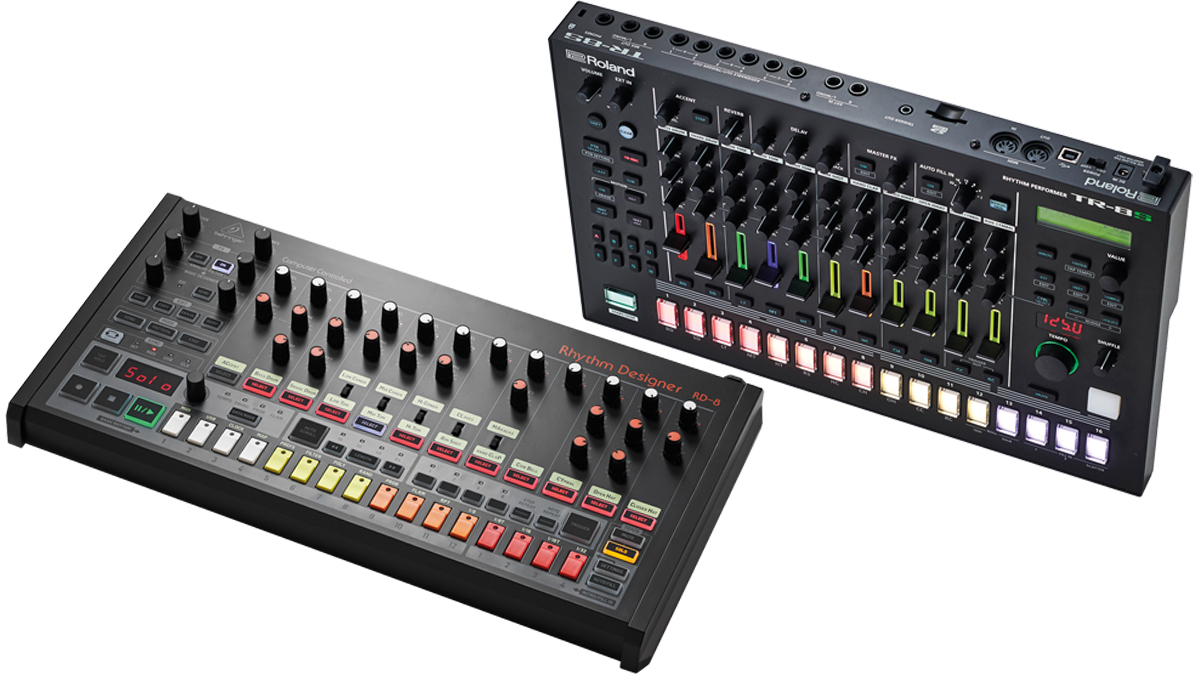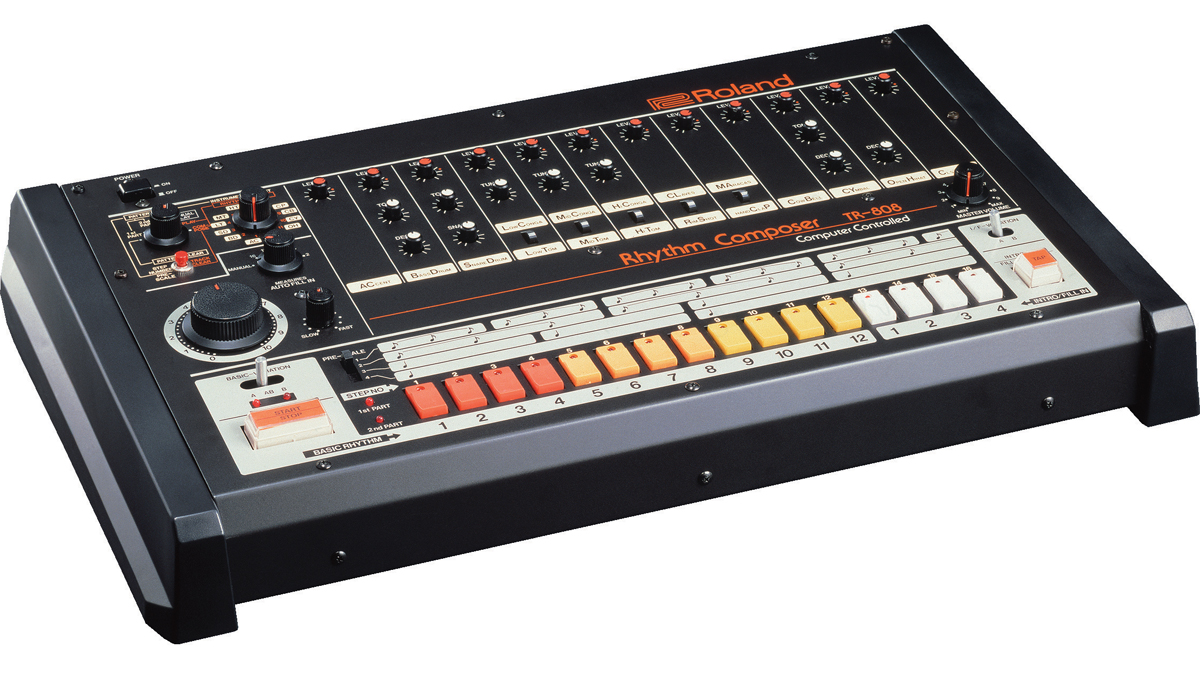Behringer RD-8 vs Roland TR-8S: can you tell the analogue 808 drum machine from the digital one?
Take our blind listening test and find out

Behringer’s RD-8 aims to replicate the sound and feel of Roland’s iconic TR-808 drum machine, while Roland’s own TR-8S also houses an emulation of the 808, among a host of other emulated and sampled kits.
The key difference is in the approach each takes to doing so - the RD-8 is all-analogue, while the TR-8S uses a digital ‘Analog Circuit Behavior’ model, which is the same recreation also found in the Roland Boutique TR-08, the TR-6S and Roland Cloud plugins. So which sounds more authentic?
We’ve compared both side-by-side and, in our view, there’s not a lot in it. In an entirely unscientific test we presented an assortment of colleagues with similar beats recorded without processing from the two machines and asked them to identify which was analogue and which digital, and on the whole they got it wrong more often than right (you take the same test below). That could say something about our colleagues’ ears, but it’s certainly true that anyone who says that the RD-8 sounds a million times more authentic by virtue of being analogue is talking nonsense.

There are differences between the two, though. The hats on the TR-8S can sound brighter than those on the RD-8, which are a little harsher (but in a way we quite like). At the most ‘snappy’ setting, the TR-8S’s snare sounds considerably punchier than either the RD-8 or original TR-808, which we prefer, as it works better for rolls and builds.
Most other differences come down to tuning. The two machines’ kicks sound incredibly close when tuned the same, but the tuning range on TR-8S is lower than that of the RD-8. We think the RD-8 works better on that front. With the Attack/Tone parameter fully reduced the RD-8’s kick sounds a little grittier, which we like, too.
The RD-8’s Clave and Cowbell tunings are a little different from the original TR-808. The tunings can’t be adjusted on Behringer’s machine but they can on the TR-8S (the same is true for the Clap and Rim Shot), meaning it’s possible to make the TR-8S sound slightly more authentic on this front.
In all though, there’s very little discernible difference between the two 808 recreations, and what difference there is can be easily remedied with a little post-recording tuning and EQ. Either could convincingly pass for the real thing in your next track.
Get the MusicRadar Newsletter
Want all the hottest music and gear news, reviews, deals, features and more, direct to your inbox? Sign up here.
In fact, the key differences come down to workflow and the hardware itself. On this front, Behringer’s RD-8 looks and feels a little more ‘authentic’. The machine itself is satisfyingly chunky, and the rugged buttons and knobs look and feel like the real deal.
The TR-8S is more modern, in a way that’s less authentic to the vintage 808 experience, but is also more fluid and convenient. Of course, the TR-8S also boasts a host of other kits, whereas the RD-8 is pure 808, albeit at a cheaper price.
Battle of the 808s
We put Behringer’s analogue RD-8 and the Analog Circuit Behavior sounds from Roland’s TR-8S side by side to see if we can tell which sounds more ‘authentic’ in a blind test.
In comparisons 1 - 4, the two machines play the same pattern one after the other. In 1 and 2, we’ve tried to match the sound and tuning where possible. Comparisons 3 and 4 are demonstrating the difference in tuning range - in comparison 3, the kicks and toms are tuned to their lowest setting on each machine. In comparison 4 the same drums are at their highest tuning.
In our remaining two examples, we’ve remade the iconic opening drum pattern from Marvin Gaye’s Sexual Healing using both instruments.
ANSWERS: Click here to find out which 808 is which in each of our examples


Future Music is the number one magazine for today's producers. Packed with technique and technology we'll help you make great new music. All-access artist interviews, in-depth gear reviews, essential production tutorials and much more. Every marvellous monthly edition features reliable reviews of the latest and greatest hardware and software technology and techniques, unparalleled advice, in-depth interviews, sensational free samples and so much more to improve the experience and outcome of your music-making.










